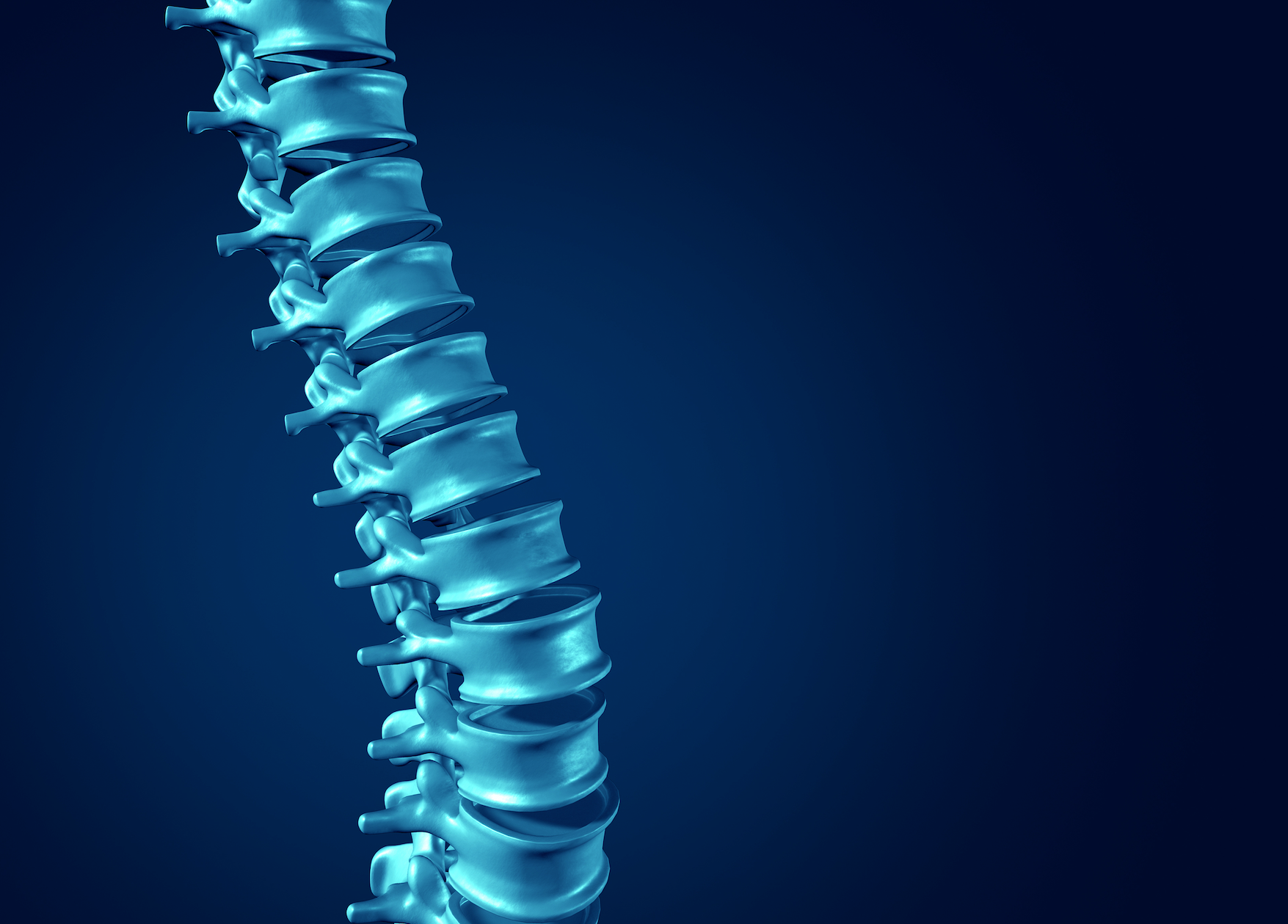Back pain is one of the most common reasons people go to the doctor or miss work, and a leading cause of disability worldwide. Most people have back pain at least once in their lives — most of us have it more.
Signs and symptoms of back pain may include:
– Muscle ache
– Shooting or stabbing pain
– Radiating pain down your leg
– Limited flexibility or range of motion of the lower back and trunk
Seek immediate care if your back pain:
- Causes new bowel or bladder problems
- Is accompanied by fever
- Follows a fall, blow to your back, or other injury
Contact a doctor if your back pain is…
– Severe and doesn’t improve with rest
– Spreads down one or both legs, especially if the pain extends below the knee
– Causes weakness, numbness or tingling in one or both legs
– Is accompanied by unexplained weight loss
Conditions commonly linked to back pain include:
Muscle or ligament strain. Repeated heavy lifting or a sudden awkward movement may strain back muscles and spinal ligaments. If you’re in poor physical condition, constant strain on your back may cause painful muscle spasms. Bulging or ruptured disks. Disks act as cushions between the bones (vertebrae) in your spine. The soft material inside a disk can bulge or rupture and press on a nerve. However, you can have a bulging or ruptured disk without back pain. Disk disease is often found incidentally when you undergo spine X-rays for some other reason. Arthritis and Osteoarthritis can affect the lower back. Narrowing of the spine, also known as spinal stenosis is a common issue that causes back pain.
Skeletal irregularities such as scoliosis, a condition in which your spine curves to the side, also may lead to back pain, but generally only if the scoliosis is severe. Osteoporosis can lead to compression fractures if your bones become porous and brittle also causing back pain.
How Physical Therapy Can Help
Though this summarizes the many reasons for back pain, physical therapy is the cornerstone of back pain treatment. A physical therapist can apply a variety of treatments, such as heat, ultrasound, electrical stimulation and muscle-release techniques, to your back muscles and soft tissues to reduce pain. As pain improves, the therapist can teach you exercises that can increase your flexibility, strengthen your back and abdominal muscles, and improve your posture. Regular use of these techniques can help prevent pain from returning.
- Jeff Hiserman, Physical Therapist


Comments (0)